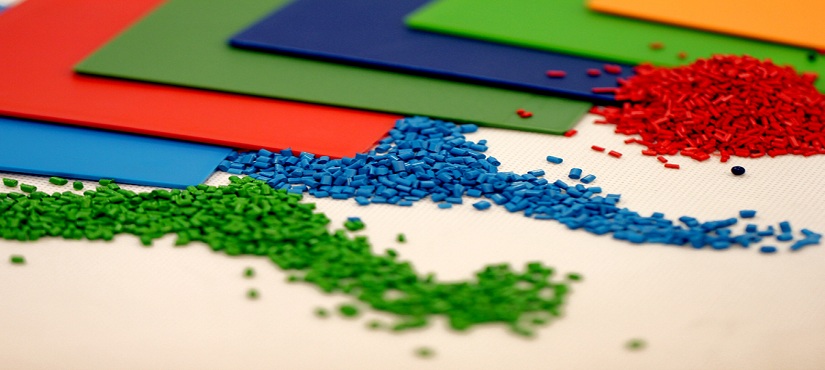Paints have been manufactured since prehistoric times, but until recently they were highly expensive and thus were mainly used for artwork. It is only since the nineteenth century that houses have commonly been painted. Today paints are used for colouring and protecting many surfaces, including houses, cars, road markings and underground storage vessels. Each of these different applications requires a different sort of paint, and it is these differences in composition that are the focus of this article. Paint is essentially composed of a binder, pigment and solvent.
Binders: The binder exists to hold the pigment to the surface. The binder is a polymeric substance, and is either dissolved in the paint or suspended in it by emulsifiers.
Drying oils These were used until the 1960’s, and are natural oils that polymerise as they dry. They take a long time to dry and have variable properties as the balance of oils varies from crop to crop.
Alkyd resins: Alkyd resins are the most common resins to be used in solvent-based paints. They are basically polyesters and are used for both air-drying and heat-cured paints.
Vinyl and acrylic emulsions: These are emulsions in water and are the most common water-based binders for use in household paint.
Epoxy resins: These resins are based on polymers containing the simple organic compound ‘oxirane’ (ethylene oxide). A variety of other components are added to give a wide range of properties.
Polyurethanes: Polyurethanes are polymers of any ester of carbamic acid, H2N—CO2H. Polyurethane-based paints are tough, durable films that retain their gloss and are easy to clean. They are often used for painting aircraft.
Pigments: These not only give the paint its colour and finish, but also serve to protect the surface underneath from corrosion and weathering as well as helping to hold the paint together. Both inorganic and organic substances are used, with the inorganic ones being in general cheaper but with less clear colours. Special pigments can be used to give metallic finishes (for example for car bodies), to be hard wearing (for road markings) etc.
Solvent: A solvent must be chosen that dries evenly, and in which the binder is soluble but not so soluble that it won’t polymerise. For emulsion paints the solvent is simply water, and for resin-based paints a variety of organic compounds are used with the most common being mineral turpentine.


